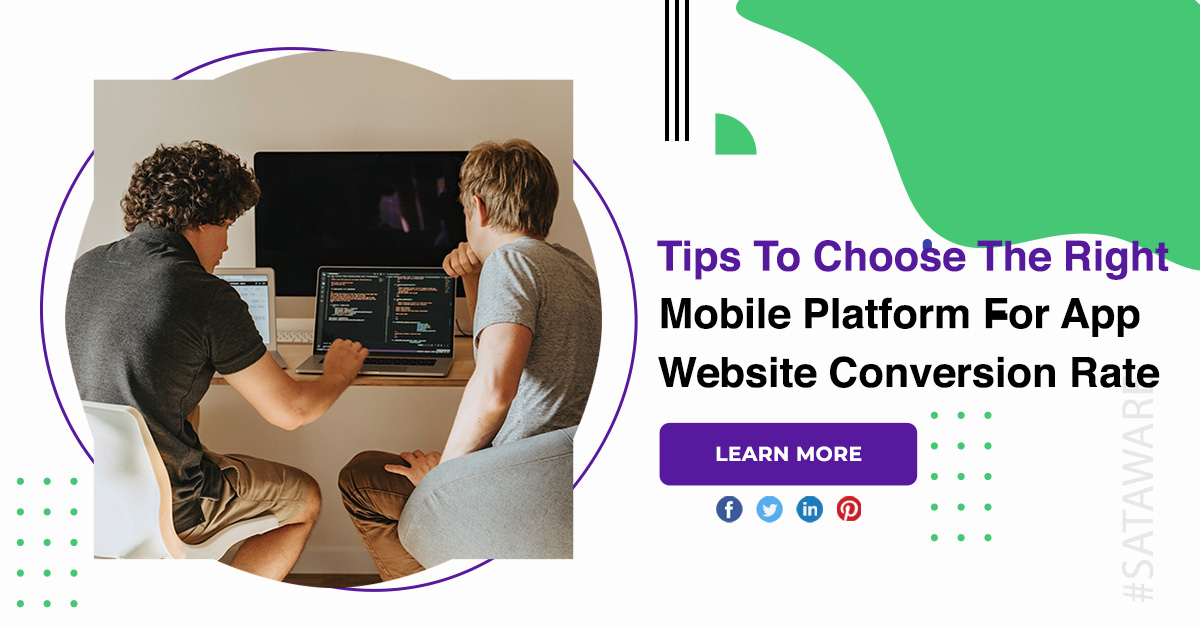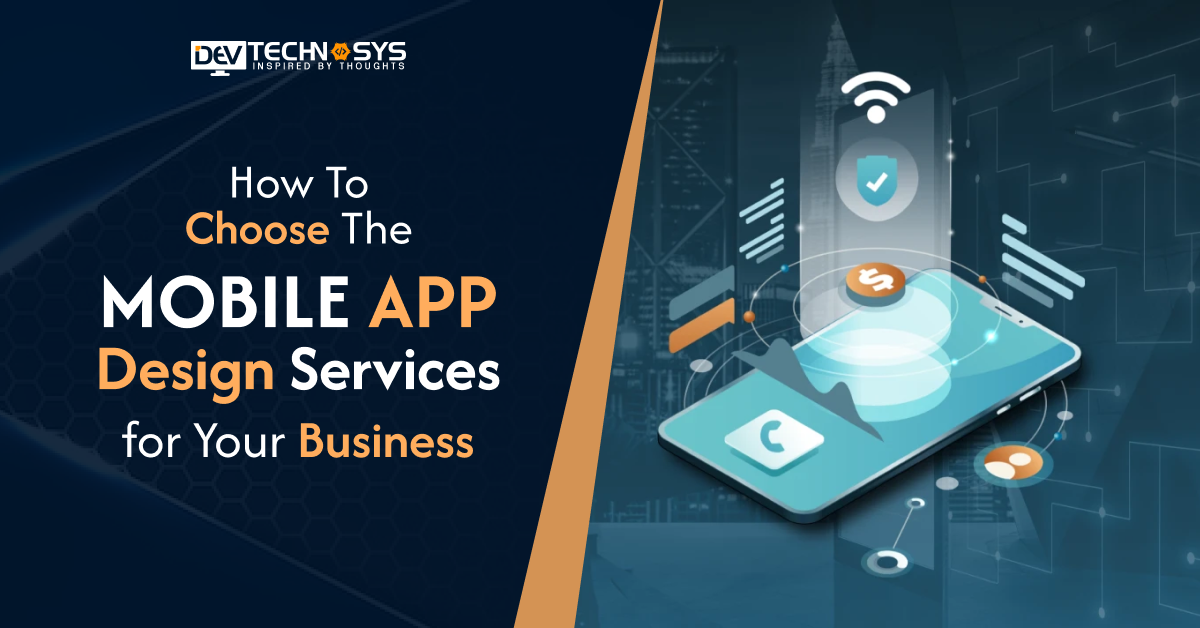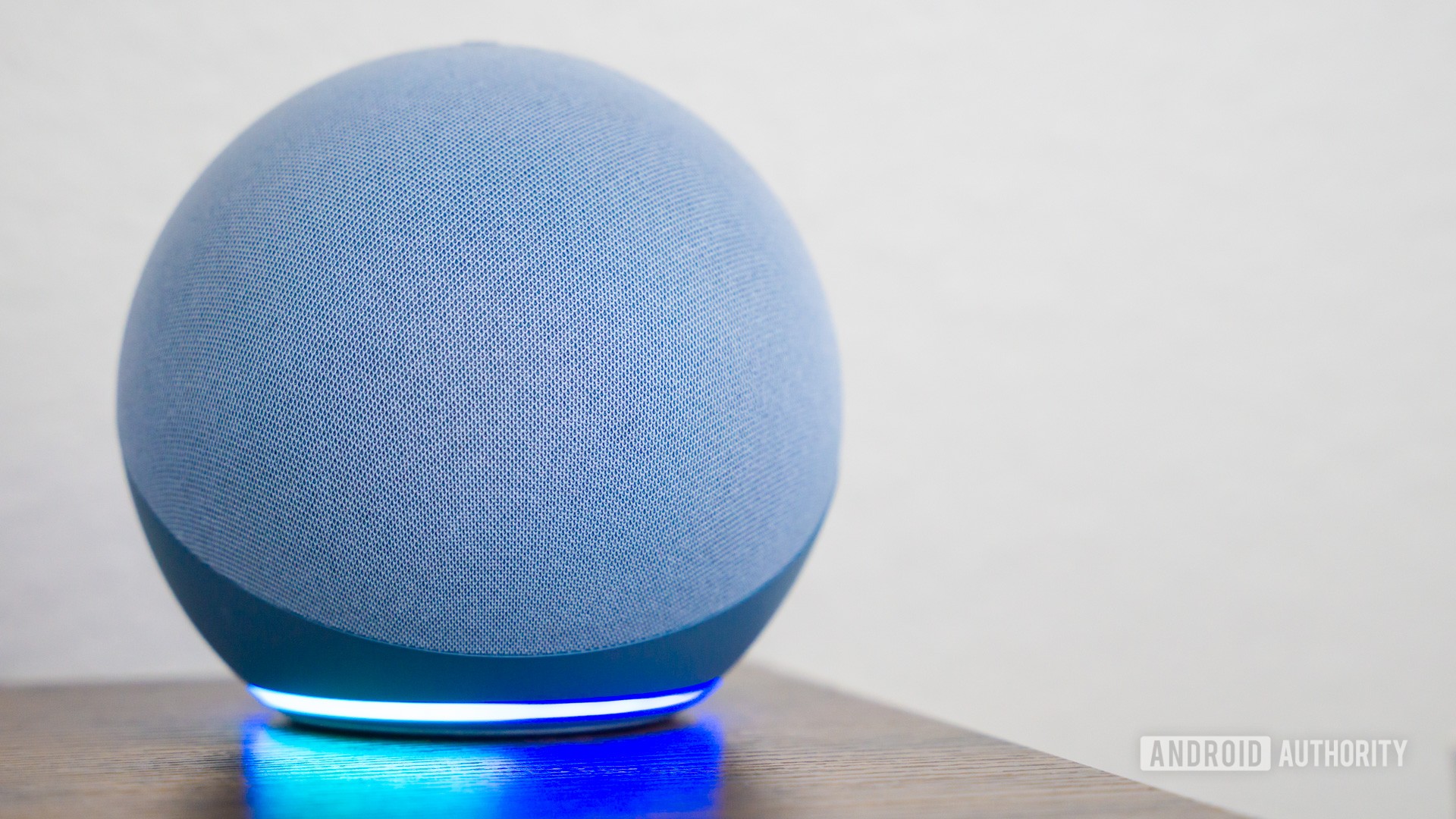Due to recent advancements and technological changes, there has been a constant surge of smartphones, which resulted in constant increase in number of mobile apps. But as the apps are increasing at a faster pace, there has been large number of app failures, too. This is making app development companies worried about their products as it is hindering their success path.
Mobile platform for app development
Analyze target app marketplace
Before moving into the app development world, analyze the mobile marketplace and decide the target market. If we think from user-base perspective, Android has a large number of user base, so if you want to target a huge chunk of masses then go for Android.
Hybrid app development
Hybrid apps look like native ones, but they are developed using the popular HTML5 and CSS or JavaScript. Then the app is placed into a wrapper allowing it to run natively on a device.
Wrapping up
The choice of the mobile technology stack determines both the product’s qualities and the speed and cost of its development. Before making a choice, it’s important to consider the product, project, and market requirements, as well as to study the various technology stacks currently in use.
Depth and perception
Google advocates material design, which resembles sheets of paper stacked on top of each other. In iOS, thin lines and blurred margins make elements seem to float in their own spaces.
Animation
Google wants animations to enhance the user experience and enliven the design; lights and vibrations create a more hands-on user experience.
Navigation
Google’s take on navigation is rather laid back. It can be anywhere; just make it obvious. This freedom can boost creativity but can also lead to designs that aren’t all that user-friendly. But this restriction usually leads to comfortable and intuitive designs.
Buttons
In Android, functional buttons support the Upper-case format and are designed to have shadows, while in iOS they are flat and have no shadows. Also, in iOS, there’s a floating action button placed in the tab bar. Android’s analog of the same button is located at the screen’s bottom-right corner.
Typography
iOS and Android offer their system fonts. And though basic text sizes are very similar in both platforms, to build text hierarchy, Android mainly uses more white space between texts, while iOS goes with bold type.

Conclusion
It is quite easy to make a choice, it just depends on the aims you are going to reach and the functionality to empower your mobile application. If the work of your application requires the devices which maintain a large amount of functionality or information processing rate is very important games, social networks, geolocation services, photos exchange services.





















Discussion about this post